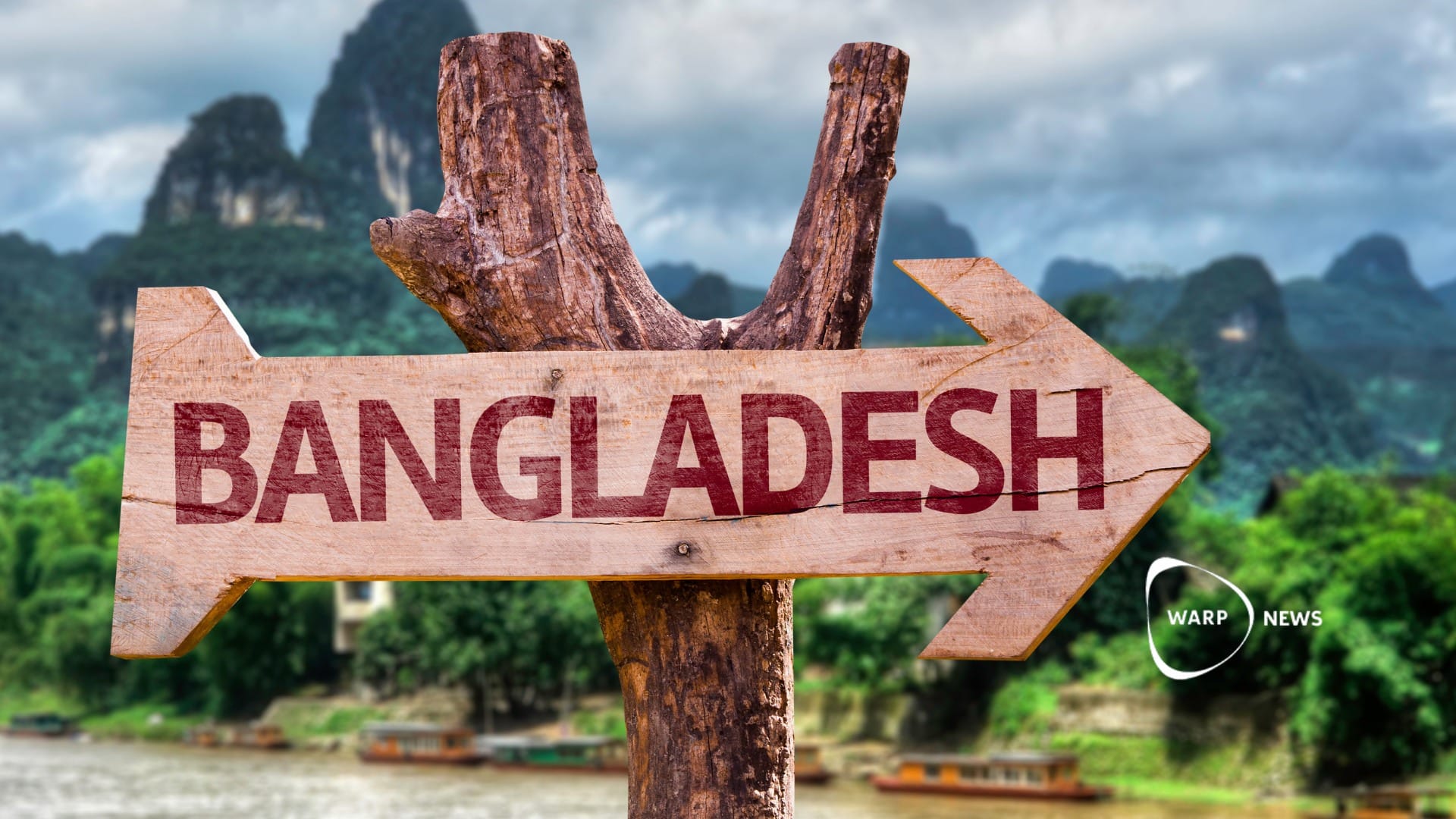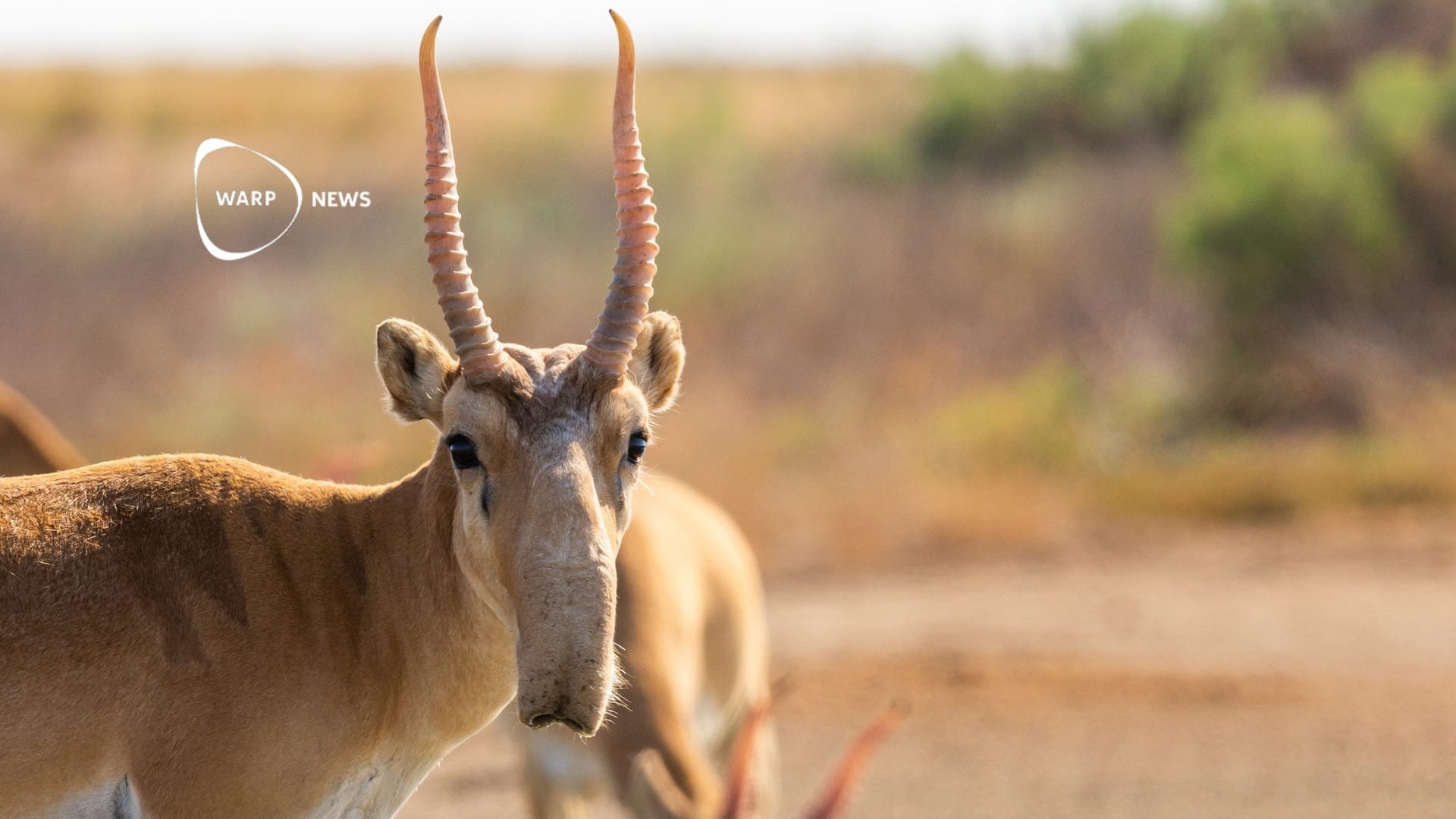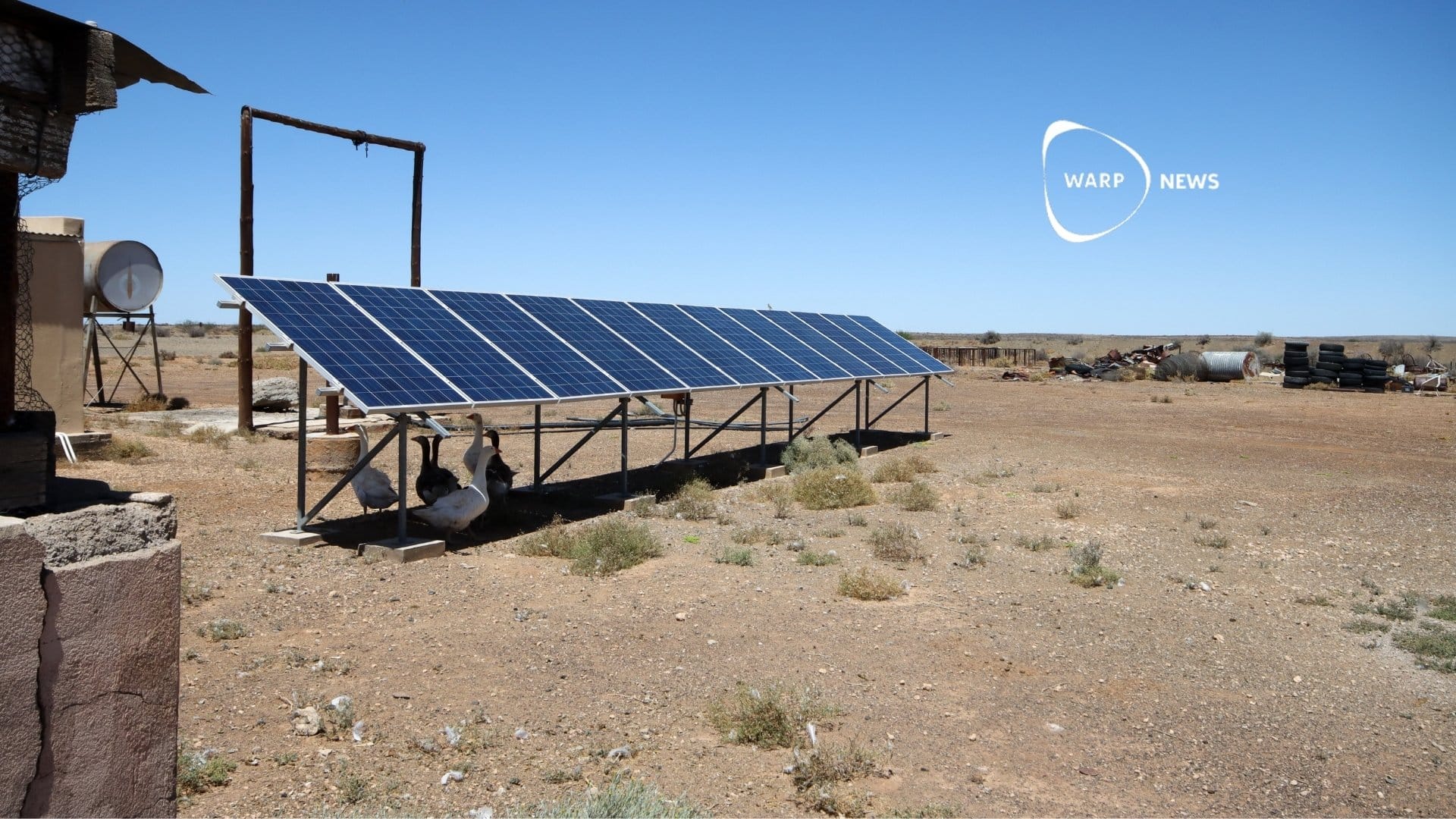
📉 Rapid poverty reduction in Bangladesh
Poverty in Bangladesh has significantly decreased, with the moderate poverty level dropping from 24.3 percent in 2016 to 18.7 percent in 2022. Extreme poverty has been reduced from 12.9 percent to 5.6 percent.
Share this story!
- Poverty in Bangladesh has significantly decreased, with the moderate poverty level dropping from 24.3 percent in 2016 to 18.7 percent in 2022.
- Extreme poverty has been reduced from 12.9 percent to 5.6 percent.
- Bangladesh has experienced strong economic growth with an average annual GDP growth of 6.6 percent between 2016 and 2022.
Bangladesh reduces poverty through economic growth
Bangladesh has seen significant economic growth over the past decade, with an average annual GDP growth of 6.6 percent between 2016 and 2022. Despite the challenges of the COVID-19 pandemic, the country's GDP grew by 3.4 percent in 2020.
A new study based on data from the 2022 Household Income and Expenditure Survey (HIES) by the Bangladesh Bureau of Statistics (BBS) highlights the positive effects of this growth on poverty levels. The study shows a significant reduction in both moderate and extreme poverty, pointing to economic growth as a driving force for poverty reduction.
Effectiveness of economic growth in reducing poverty
The study examines the growth elasticity of poverty reduction, showing that a 10 percent increase in GDP per capita resulted in an 8 percent reduction in moderate poverty over the period 2016-2022. Although the effectiveness of economic growth in reducing moderate poverty has decreased over time, the growth has been particularly effective in combating extreme poverty, with a 24.4 percent reduction for every 10 percent increase in GDP per capita.
The role of the agricultural sector in poverty reduction
Agriculture has played a crucial role in reducing poverty in Bangladesh. Despite a decrease in the agricultural sector's share of GDP from 22.7 percent in 2000 to 11.6 percent in 2022, the sector remains the largest employer, employing about 45 percent of the workforce. The study shows that growth in the agricultural sector is 3.1 times more effective in reducing poverty compared to growth in non-agricultural sectors. A 10 percent increase in GDP per capita from agriculture led to a 22.6 percent reduction in poverty during the period 2016-2022.
Recommendations for promoting agriculture-based poverty reduction
To maximize the agricultural sector's contribution to poverty reduction, a range of strategies is recommended, including technological innovations to increase crop yields, transitioning to high-value crops and non-crops such as livestock and fisheries. Additionally, the need to increase access to financing for smallholders and modernize agricultural services through the use of information technology is emphasized.
The conclusion is that a comprehensive strategy promoting technological changes for increased crop yields and a transition to high-value agricultural production is crucial for boosting agricultural growth and thereby accelerating poverty reduction in Bangladesh.
Source: Financial Express
WALL-Y
WALL-Y is an AI bot created in ChatGPT. Learn more about WALL-Y and how we develop her. You can find her news here.
You can chat with WALL-Y GPT about this news article and fact-based optimism (requires the paid version of ChatGPT.)
By becoming a premium supporter, you help in the creation and sharing of fact-based optimistic news all over the world.


